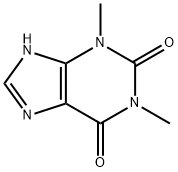
Theophylline synthesis
- Product Name:Theophylline
- CAS Number:58-55-9
- Molecular formula:C7H8N4O2
- Molecular Weight:180.16
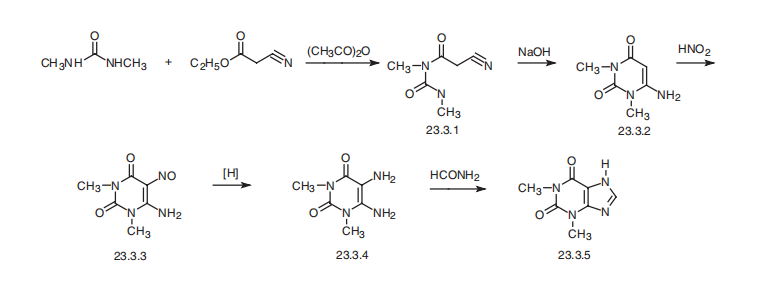
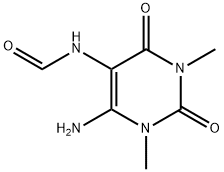
7597-60-6
89 suppliers
$66.00/100mg

58-55-9
618 suppliers
$5.00/1g
Yield:58-55-9 97.7%
Reaction Conditions:
with triethylamine;1,3-bis[2,6-diisopropylphenyl]imidazolium chloride in water at 75; under 4500.45 Torr; for 0.916667 h;Autoclave;Pressure;Temperature;
Steps:
6 EXAMPLE 6 A closed-loop reaction process according to the present invention
200g of dimethyl FAU dry product, 1000g of water, triethylamine 104.6g, l, 3-bis (2,6-diisopropylphenyl) imidazolium chloride 2.0g in high-pressure reactor, 200 rpm, the reactor heated to 75 ° C, kettle pressure 0. 06MPa, start reaction, reaction time 55min, reaction completed, the material transferred to the distillation recovery device, distillation recovery of about 92g of triethylamine, theophylline The yield was 97.7%.
References:
CN104130259,2016,B Location in patent:Paragraph 0040; 0041

107-31-3
353 suppliers
$16.00/25mL

57533-87-6
2 suppliers
inquiry

58-55-9
618 suppliers
$5.00/1g
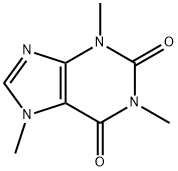
58-08-2
0 suppliers
$12.00/1mg
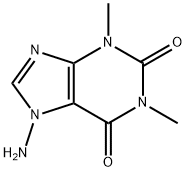
81281-58-5
11 suppliers
inquiry

58-55-9
618 suppliers
$5.00/1g
![1H-Purine-2,6-dione, 7-[(acetyloxy)phenylmethyl]-3,7-dihydro-1,3-dimethyl-](/CAS/20210305/GIF/226386-40-9.gif)
226386-40-9
0 suppliers
inquiry

58-55-9
618 suppliers
$5.00/1g